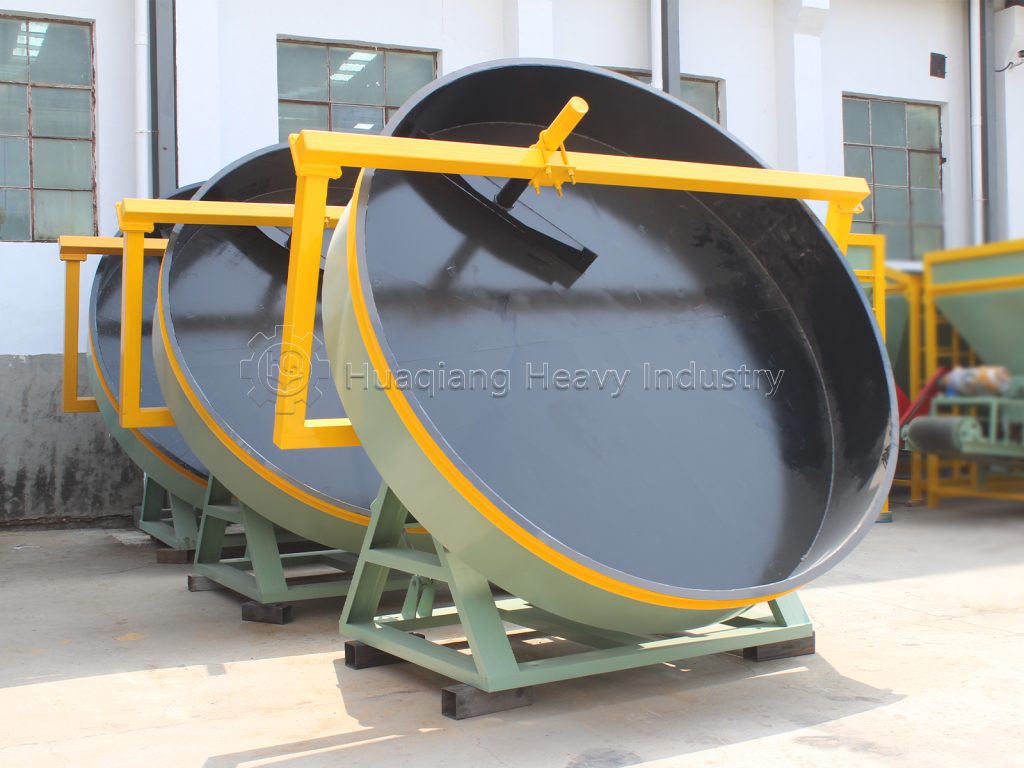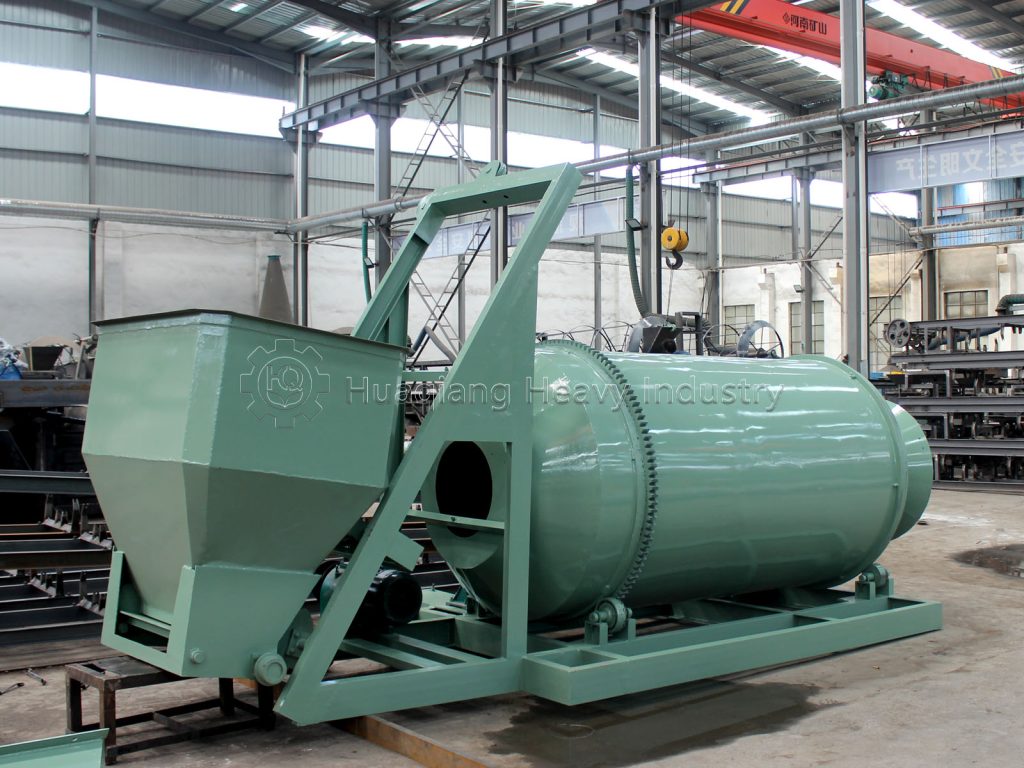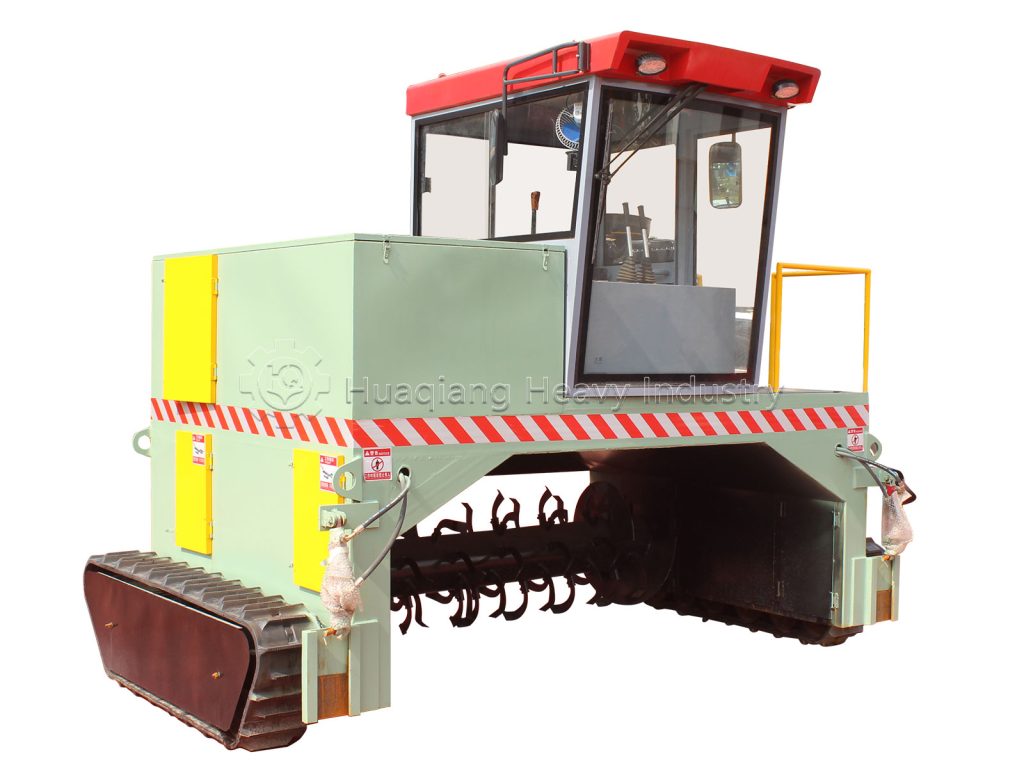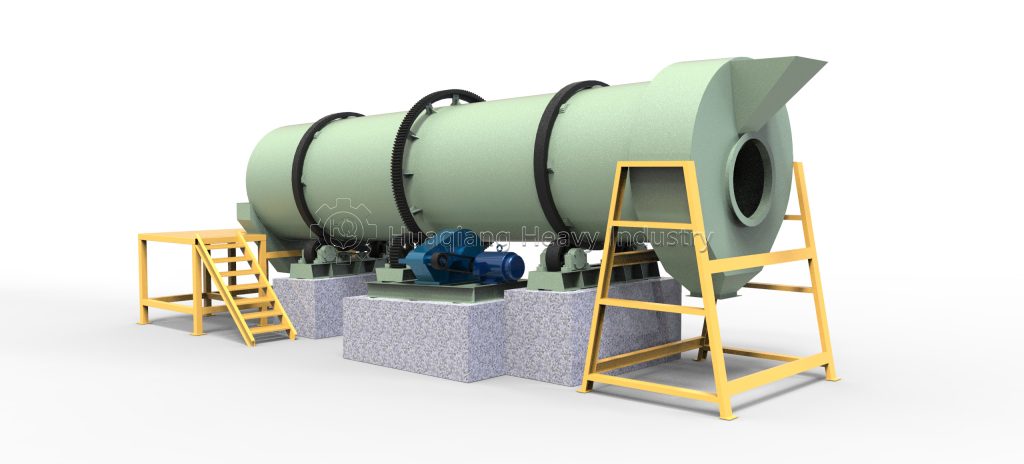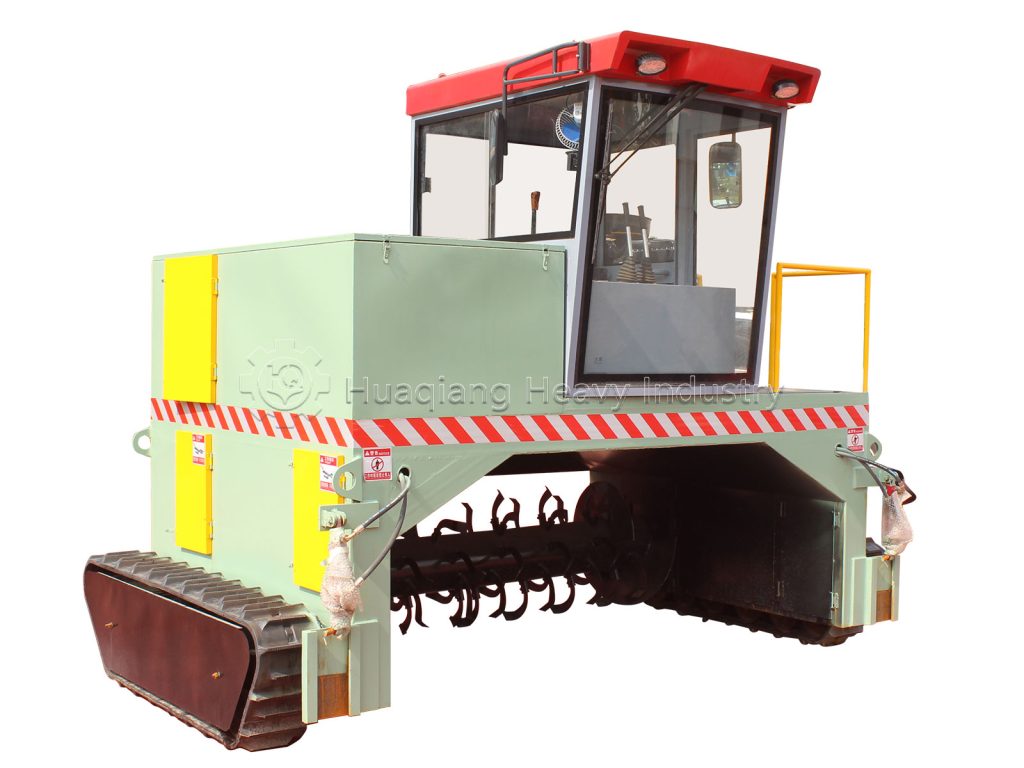The Double-Screw Compost Turner: A Green Solution for Organic Waste Transformation
In the crucial fermentation stage of organic fertilizer production, the double-screw compost turning machine emerges as an indispensable piece of equipment among the various equipments required for biofertilizer production. With its innovative double-helix configuration, this sophisticated fertilizer production machine serves as an exceptionally efficient assistant for aerating and homogenizing organic materials.
The core operational mechanism of this advanced compost fertilizer machine centers on the synchronized high-speed rotation of two symmetrically arranged spiral shafts. These helical augers function like remarkably dexterous mechanical hands, systematically lifting materials from the bottom and evenly dispersing them across the pile surface. This intelligent engineering design not only ensures optimal oxygen distribution throughout the compost mass but also effectively regulates temperature and moisture levels.
As an essential fertilizer equipment in modern composting facilities, the double-screw compost turning machine creates the perfect environment for microbial proliferation and metabolic activity. This specialized fertilizer machine significantly accelerates the bio-decomposition process while preventing anaerobic conditions that can compromise compost quality.
The mechanical turning action achieved by this robust fertilizer production machine facilitates uniform decomposition, eliminates temperature hotspots, and maintains proper moisture content—all critical factors in producing high-quality organic fertilizers. The equipment’s efficient operation ensures consistent particle size reduction and homogeneous mixture of all compost ingredients.
Through its sophisticated design and operational efficiency, the double-screw compost turner has established itself as a cornerstone technology in modern organic fertilizer production systems, enabling large-scale processing of organic waste into valuable, nutrient-rich fertilizers while meeting environmental sustainability goals.
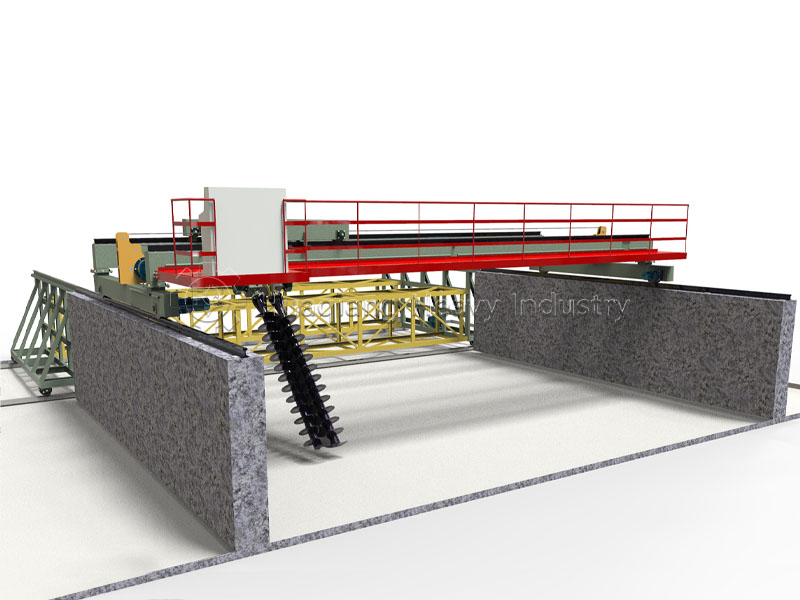
Efficient Collaboration, Uniform Mixing
Compared to single-screw turners, the double-screw design demonstrates superior performance. It can more effectively break up compacted layers of materials, significantly improving their permeability. This collaborative operation not only expands the turning range but also ensures uniform mixing, making it particularly suitable for windrow or trough-type fermentation operations in medium and large-scale organic fertilizer production enterprises.
Versatile Raw Material Processing Capability
The double-screw compost turner exhibits excellent adaptability to various organic raw materials and can efficiently process multiple types of waste:
Livestock and Poultry Manure: Whether it’s chicken, pig, cow, or sheep manure, these materials rich in organic matter and nutrients such as nitrogen, phosphorus, and potassium are high-quality raw materials for producing organic fertilizer. The powerful turning of the double-screw turner not only allows the manure to fully contact the air but also utilizes the high temperatures during fermentation to effectively kill pathogens, insect eggs, and weed seeds, while eliminating odors, transforming it into safe and harmless organic fertilizer.
Crop Straw: Straw materials such as corn stalks, wheat straw, and rice straw contain abundant cellulose, hemicellulose, and lignin. The spiral blades of the double-screw turner can effectively tear and mix the straw, ensuring even blending with other organic materials, promoting the degradation and maturation of the straw, converting it into organic matter in the fertilizer, and significantly enhancing its fertility.
Industrial Organic Waste: Industrial organic wastes like distiller’s grains, vinegar residue, sugar residue, Chinese medicine residue, and slaughterhouse by-products have high moisture content and are prone to decay. Through continuous turning by the double-screw turner, not only is the moisture content of the materials reduced, but the growth of beneficial microorganisms is also promoted, achieving harmless treatment and resource utilization of waste, contributing to environmental protection.
Edible Mushroom Residue: The residue from mushroom cultivation is rich in mycelium and underutilized nutrients. The double-screw turner can fully mix and ferment the residue with other organic materials, thoroughly releasing and converting the nutrients in the residue into high-quality organic fertilizer.
Municipal Organic Waste: The treatment of municipal organic wastes such as kitchen waste and landscaping waste (dead branches, leaves, weeds, etc.) has always been a challenge. The double-screw turner addresses this by centrally processing these scattered wastes, achieving dual effects of physical crushing and biological fermentation during the turning process, transforming them into raw materials for organic fertilizer. This not only reduces the amount of urban waste sent to landfills but also realizes resource recycling.
With its outstanding performance and wide adaptability, the double-screw compost turner is becoming an important tool for the resource utilization of organic waste, injecting new vitality into sustainable agricultural development.
